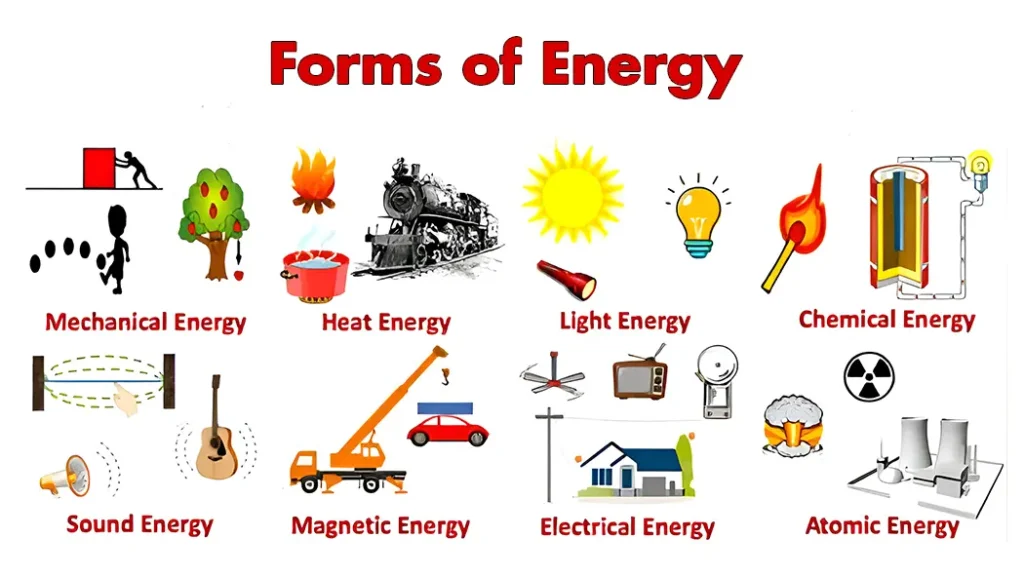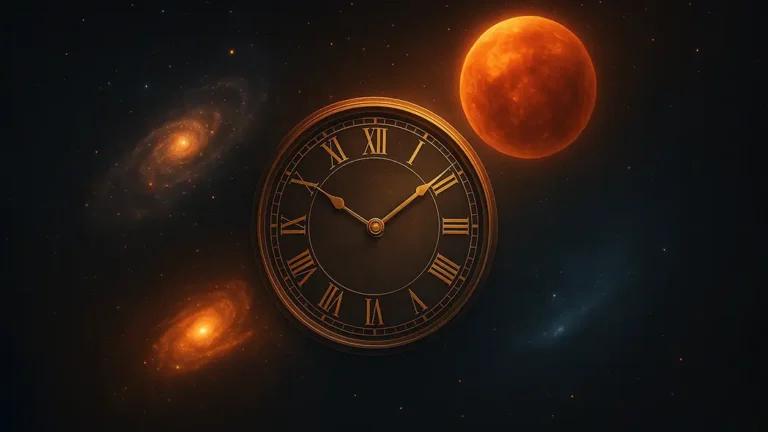Everything we see in the universe—like stars, planets, galaxies, and even black holes—makes up just 5% of it. The remaining 95% is invisible to us. We can’t see it or touch it, and we still don’t fully understand it. This hidden part includes dark energy and dark matter.
They are both invisible and can’t be detected directly, but they are not the same. In this article, we’ll explore dark energy vs dark matter, understand their definitions, and explain how they are different.
Quick Comparison: Dark Energy vs Dark Matter
| Aspect | Dark Energy | Dark Matter |
| Nature | Force (energy) | Invisible mass (matter) |
| Effect on Universe | Pushes objects apart | Pulls objects together |
| Gravity | Repulsive (negative) | Attractive (positive) |
| Detection | Indirect, through universe expansion | Indirect, Gravitational effects on galaxies |
| Composition | unknown, possibly related to vacuum energy | unknown, possibly WIMPs or other unknown particles |
| Percentage of Universe | ~68% | ~27% |
Understanding “Dark” in Dark Energy vs Dark Matter
The word “dark” in both dark energy and dark matter doesn’t mean black or shadowy. It simply means we don’t know much about them, and we can’t observe them directly. This word can be confusing when trying to understand dark energy vs dark matter.
Matter vs Energy
To understand dark matter vs dark energy discussion, we must first know the basic difference between matter and energy:
- Matter has mass and takes up space (like a rock or a tree).
- Energy is not a substance. It’s something that causes change—like heat, light, or motion. It can be a property of matter or a result of some physical process.


So, dark matter is matter, and dark energy is energy. Their only common feature is that both are “dark,” meaning unknown.
What Are Dark Energy and Dark Matter?
Dark energy is a type of energy we cannot see or touch. It’s believed to fill all of space and is responsible for the accelerating expansion of the universe.
Dark matter, on the other hand, is a type of invisible matter. It doesn’t emit, absorb, or reflect light, which is why we can’t see it. But it has mass, and its gravity helps hold galaxies together.
How Dark Matter and Dark Energy Affect the Universe?
Dark matter and dark energy behave in completely opposite ways:
- Dark matter pulls things together. It strengthens gravity and helps galaxies form and stay together.
- Dark energy pushes things apart. It works against gravity and causes the universe to expand faster and faster.
One pulls. One pushes. Their effects are completely different.
How Do We Know Dark Energy and Dark Matter Exist?
We can’t see dark matter or dark energy. But we know they exist because of their effects on the universe. Just like we know the wind is blowing because we see tree branches move, we know about dark matter and dark energy through what they do.
How We Detect Dark Matter
When scientists study the movement of stars in galaxies, they notice that the stars move faster than they should, based on visible matter alone. Something invisible must be adding extra gravity. That invisible something is dark matter.
How We Detect Dark Energy
In 1929, Edwin Hubble found that the universe is expanding. Later, scientists wanted to know whether this expansion was slowing down. They looked at light from distant exploding stars and found something surprising: the universe isn’t just expanding—it’s expanding faster and faster.

To explain this, scientists suggested the presence of a mysterious energy that works against gravity. This is what we now call dark energy. So, in the debate of dark energy vs dark matter, dark energy is the force that pushes everything outward.
What Are Dark Energy and Dark Matter Made Of?
Composition of Dark Energy
Dark energy is still a mystery. It might be a property of empty space itself. As the universe expands, it creates more space. This space might carry more dark energy, which speeds up the expansion even more. It’s like a loop: more space, more energy, faster expansion.
Composition of Dark Matter
Scientists know dark matter isn’t made of the same particles as regular matter, like protons, neutrons, and electrons. That’s because regular matter interacts with light, and dark matter doesn’t.
Dark matter might be made of WIMPs (Weakly Interacting Massive Particles). These are theoretical particles that haven’t been observed yet but might only interact through gravity or weak forces—not light.
How Much of the Universe Do They Make Up?
Together, dark energy and dark matter make up about 95% of the total mass and energy in the universe. This shows how much of the universe is still a mystery to us.
| Component | Approximate Percentage of the Universe |
| Dark Energy | ~68% |
| Dark Matter | ~27% |
| Total (Dark Energy + Dark Matter) | ~95% |
| Ordinary Matter & Energy | ~5% |

Why Are Dark Matter and Dark Energy Important?
Dark matter and Dark energy play a major role in shaping the universe.
- Dark matter holds galaxies together. Without it, galaxies might not form or stay stable.
- Dark energy is driving the universe to expand at an increasing rate.
Understanding dark energy and dark matter is essential to knowing how the universe works, how it began, and how it might end.
Wrapping Up: Dark Energy vs Dark Matter
Dark energy and dark matter are two of the most mysterious parts of the universe. We can’t see them or touch them, but we know they exist because of their effects.
They are different in nature—one is energy, the other is matter. They affect the universe in opposite ways—one pushes, the other pulls. Their compositions are still unknown, and they are both detected indirectly.
Learning more about dark energy vs dark matter can deepen our knowledge of the universe.




